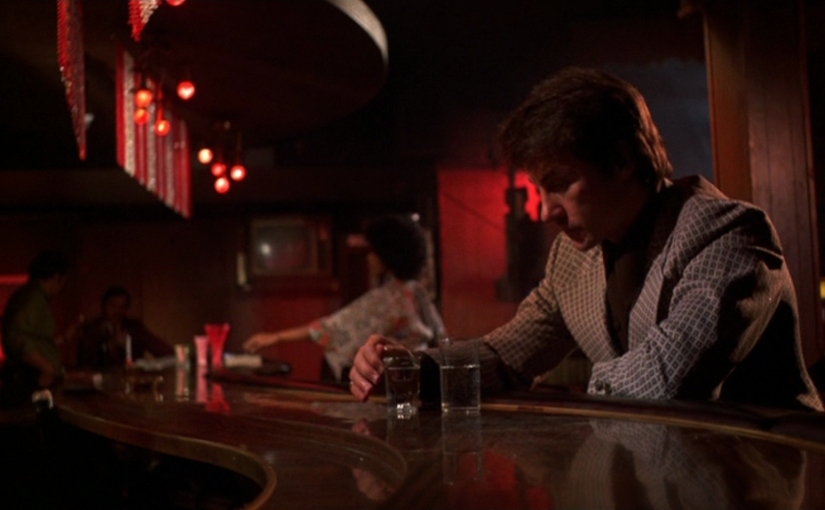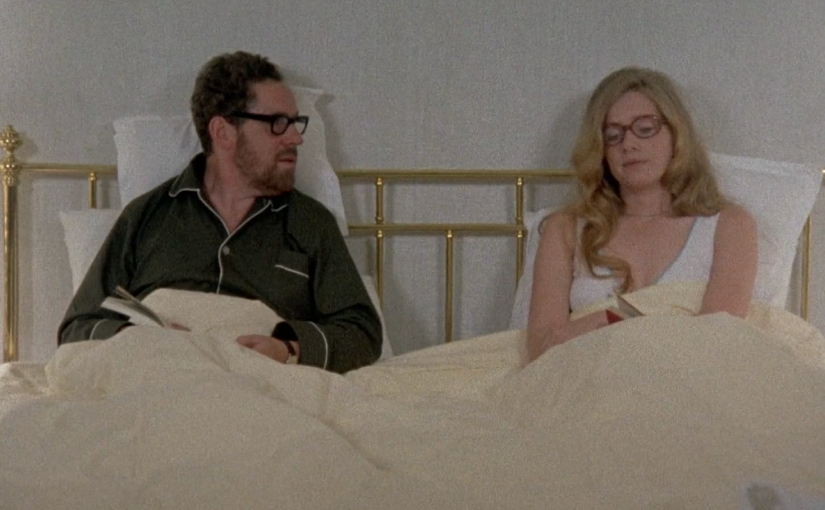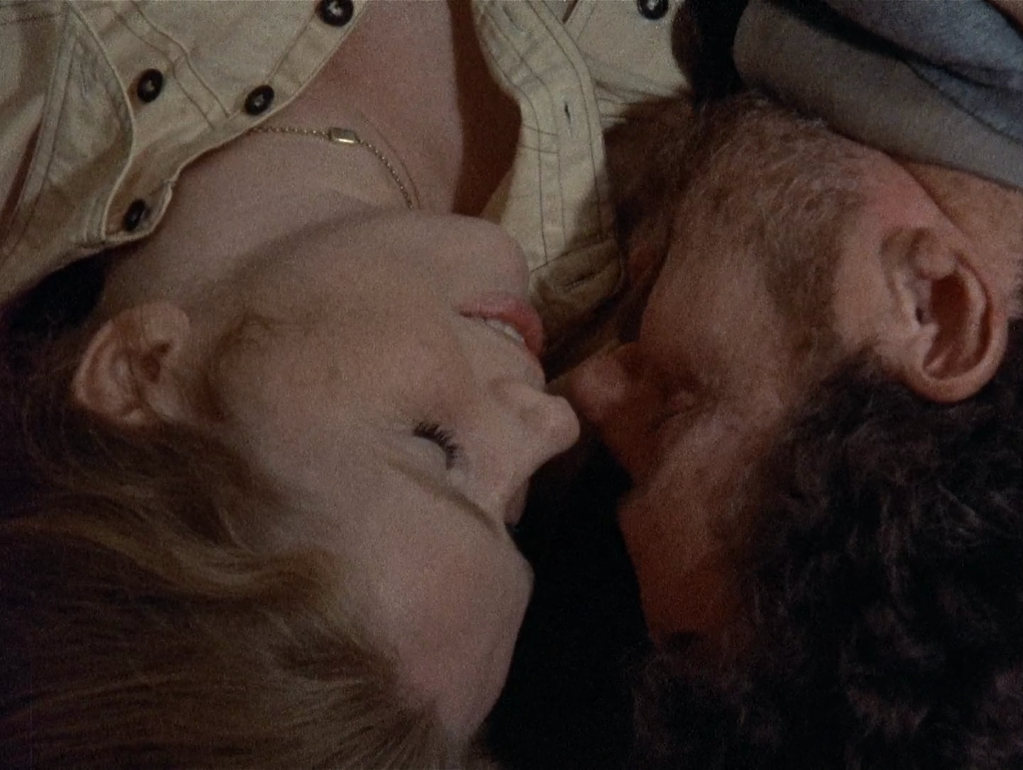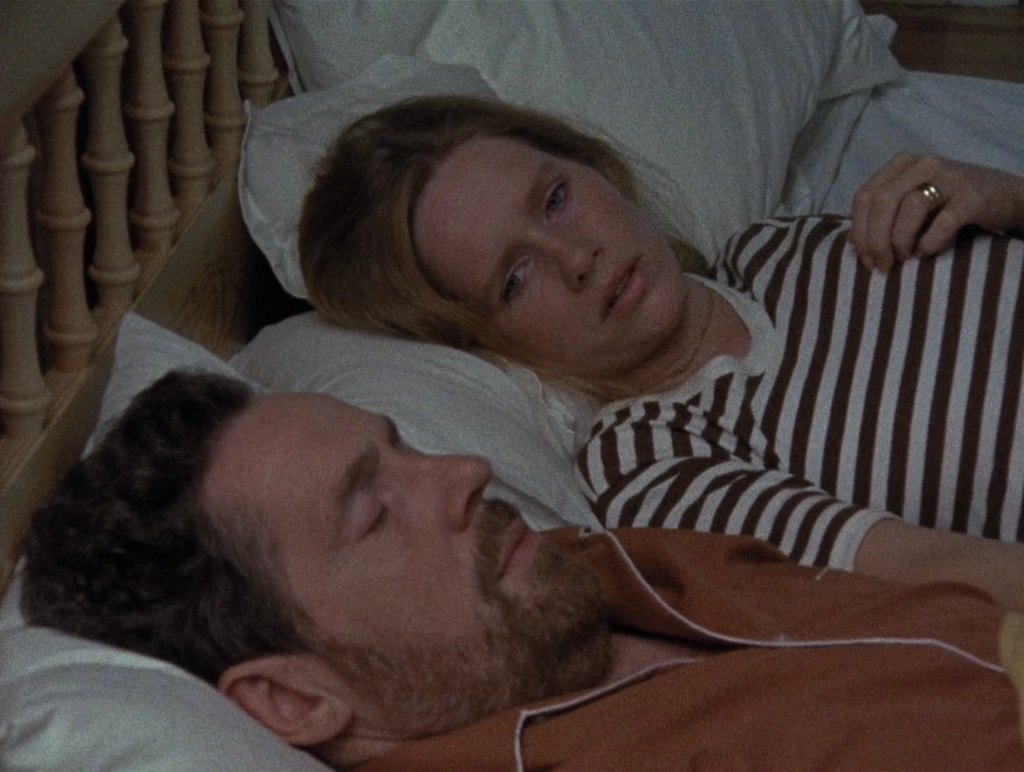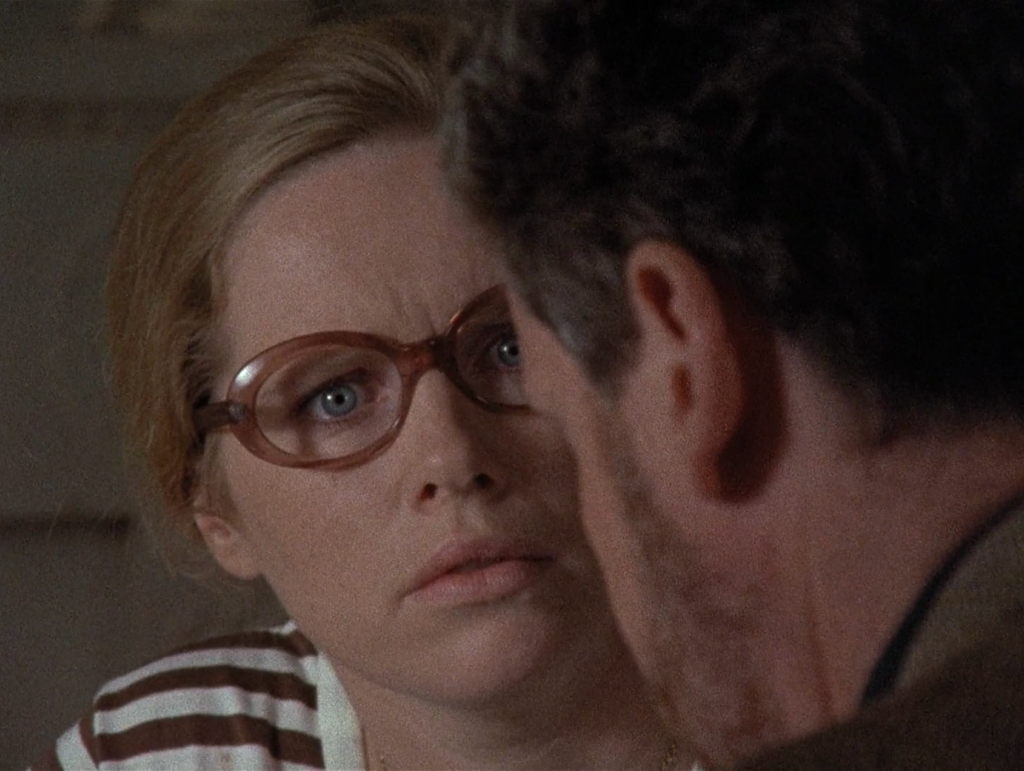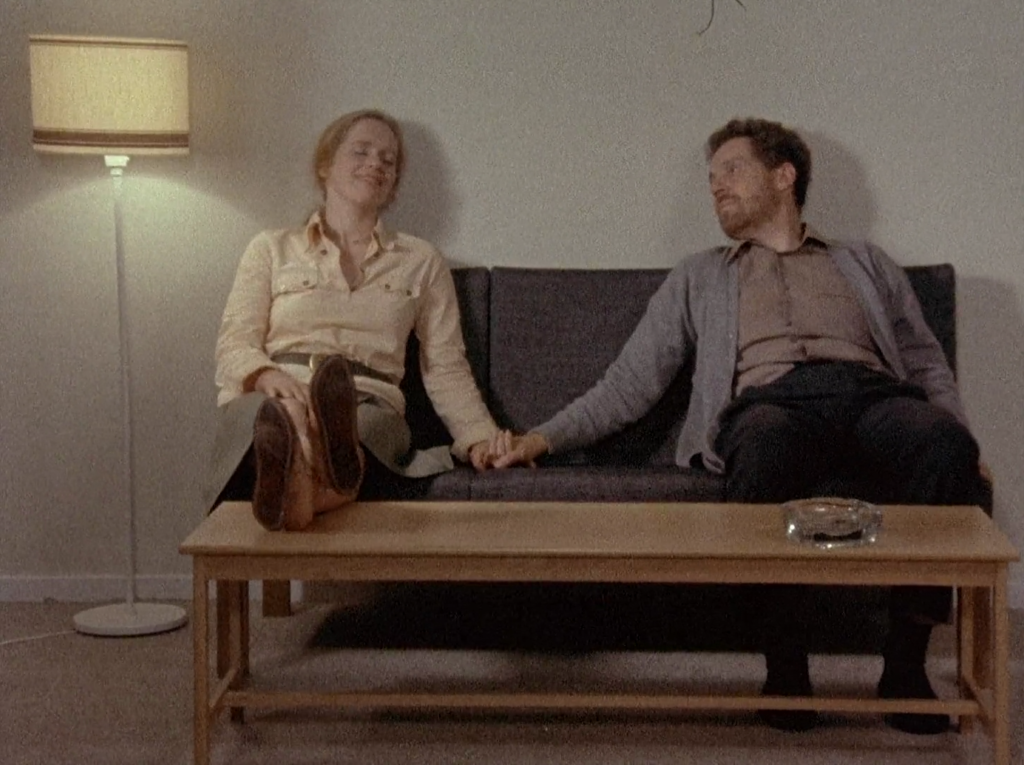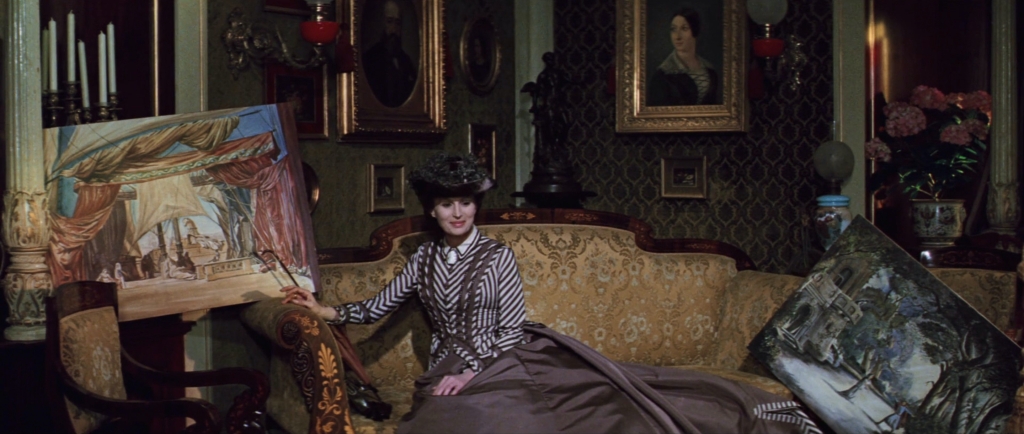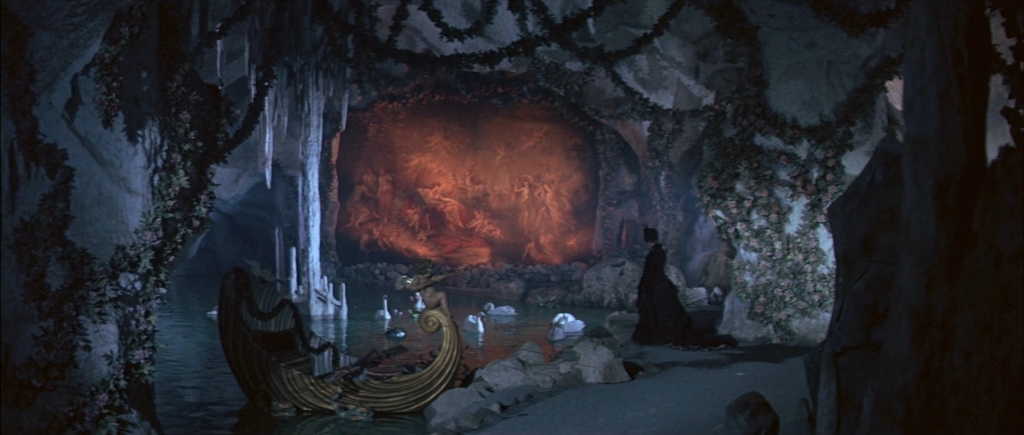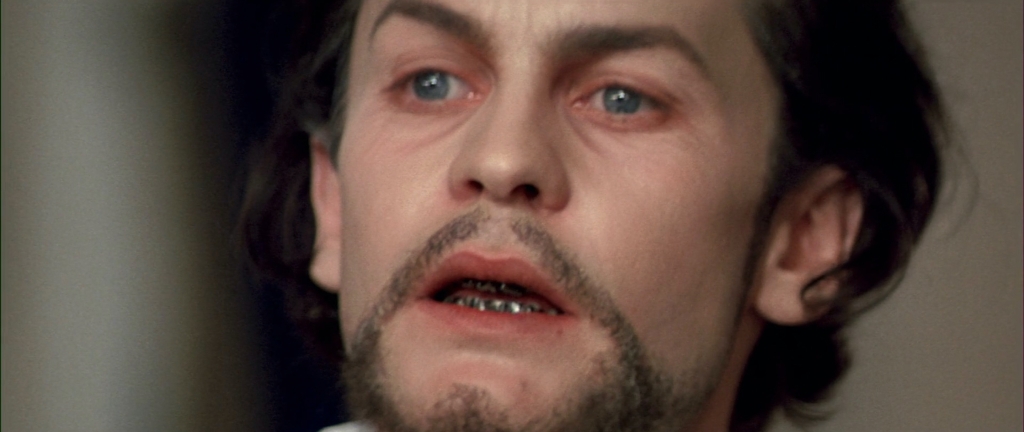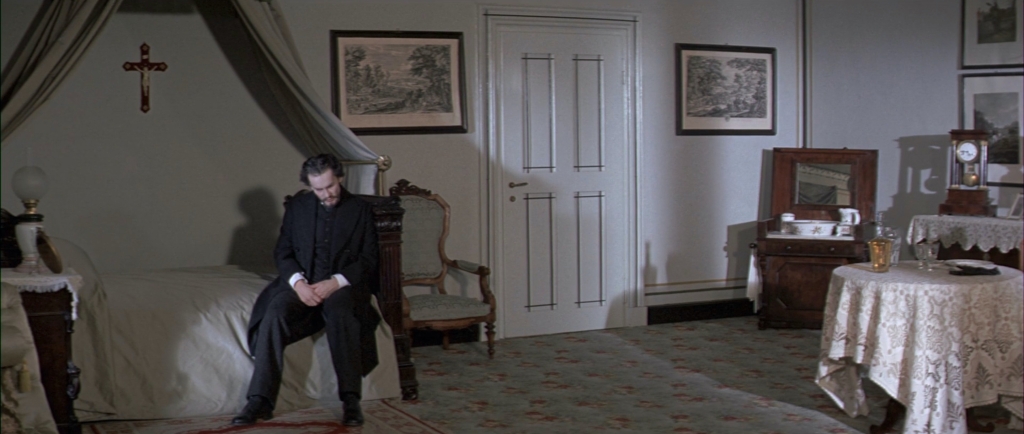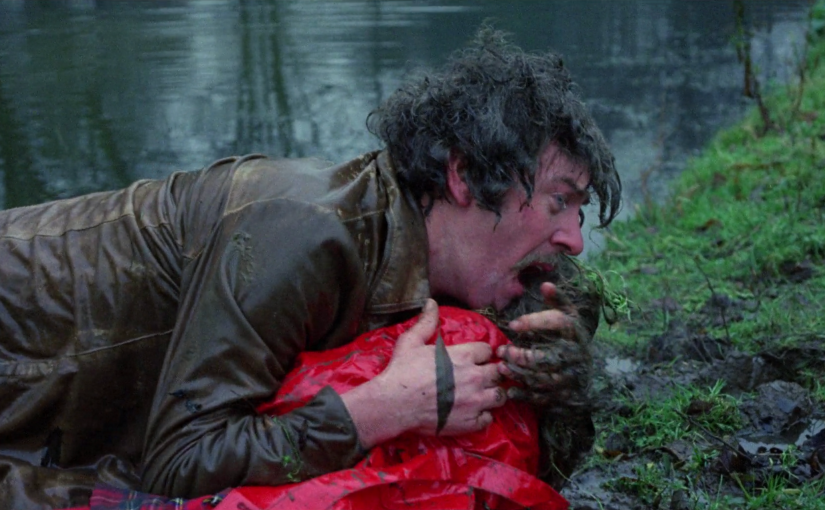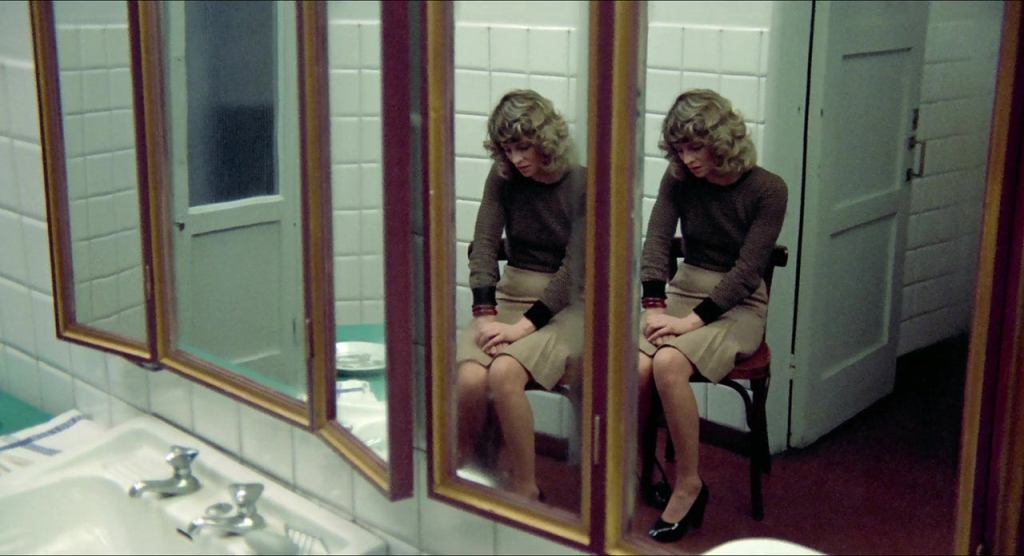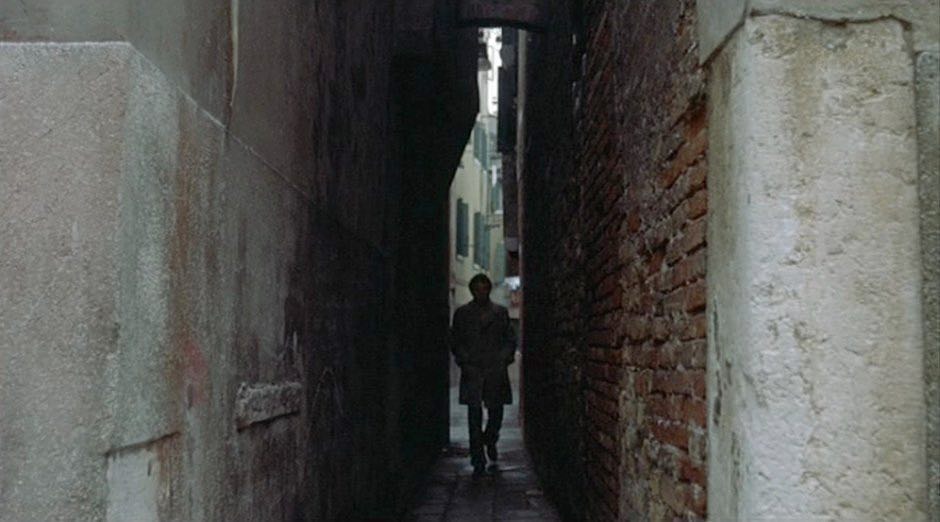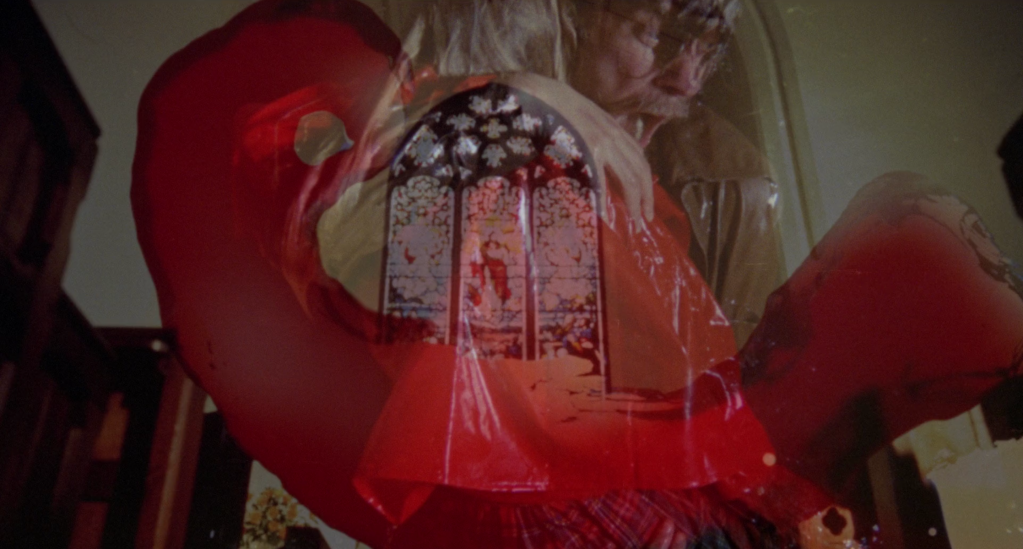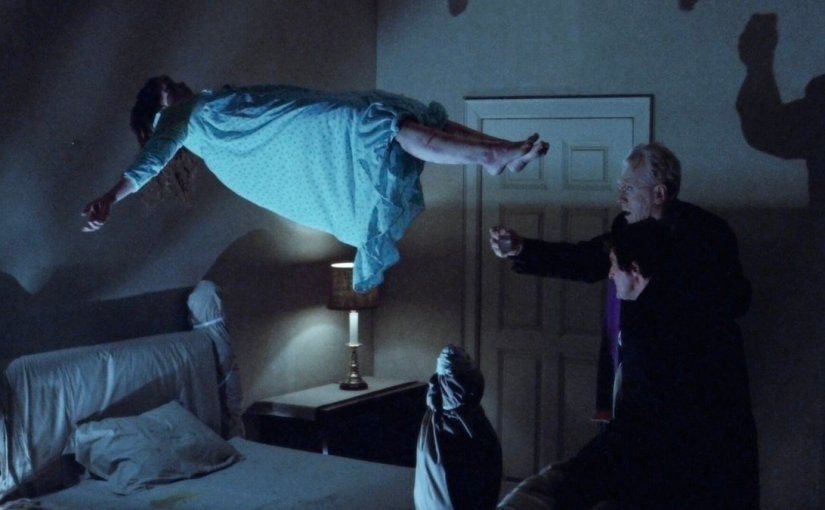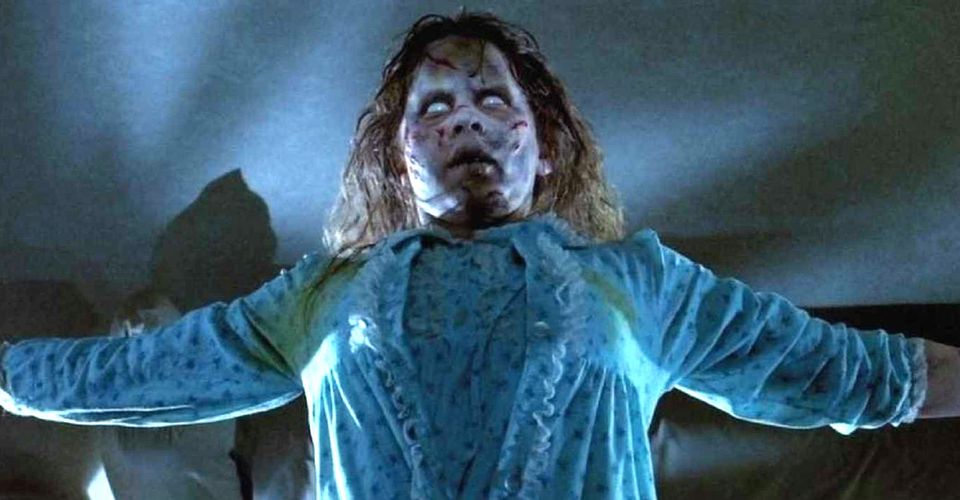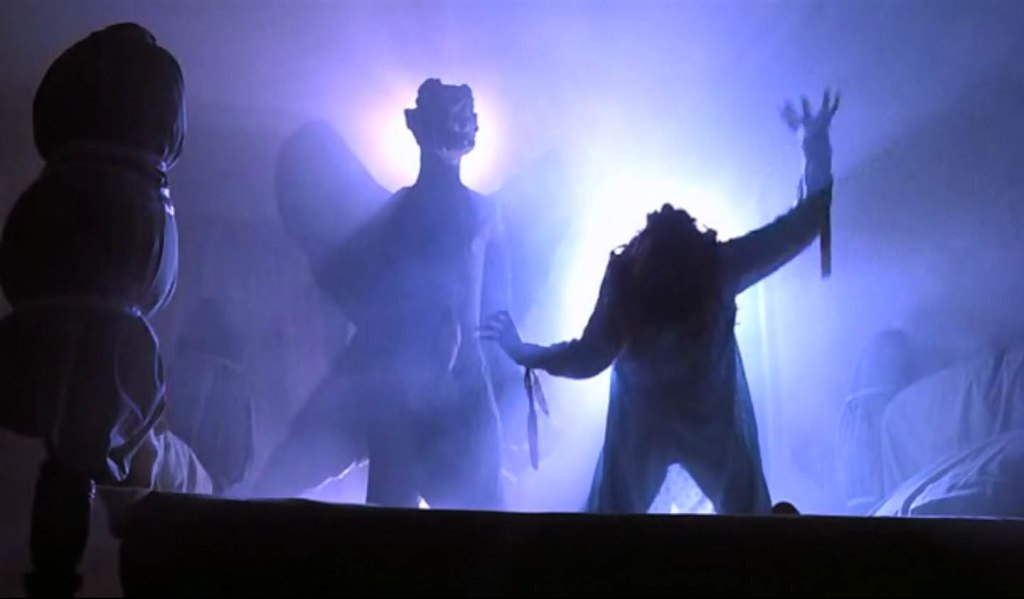Martin Scorsese | 1hr 52min

When low-level mafioso Charlie Cappa tentatively reaches for the flames of candles and gas stoves in Mean Streets, he does not do so lightly. There is a reverent trepidation written across his face, but also a mindful curiosity seeking to glimpse the fiery wrath of God. The act borders on self-punishment, becoming a reminder of the damnation that awaits him should he fail to atone for his sins.
“The pain of hell. The burn from a lighted match increased a million times. Infinite. Now, you don’t fuck around with the infinite. There’s no way you do that. The pain in hell has two sides. The kind you can touch with your hand, the kind you can feel in your heart. Your soul, the spiritual side. And you know, the worst of the two is the spiritual.”
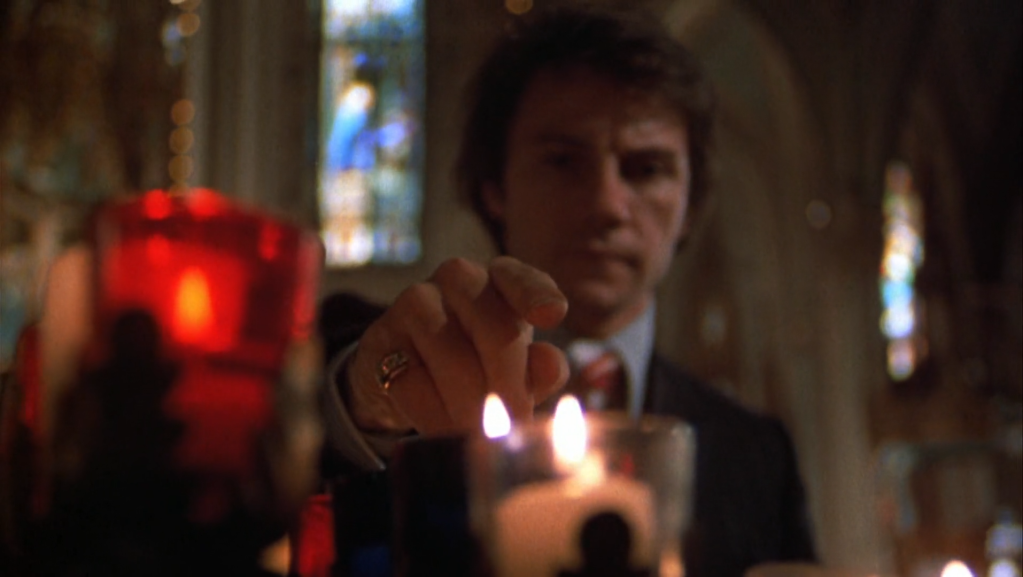
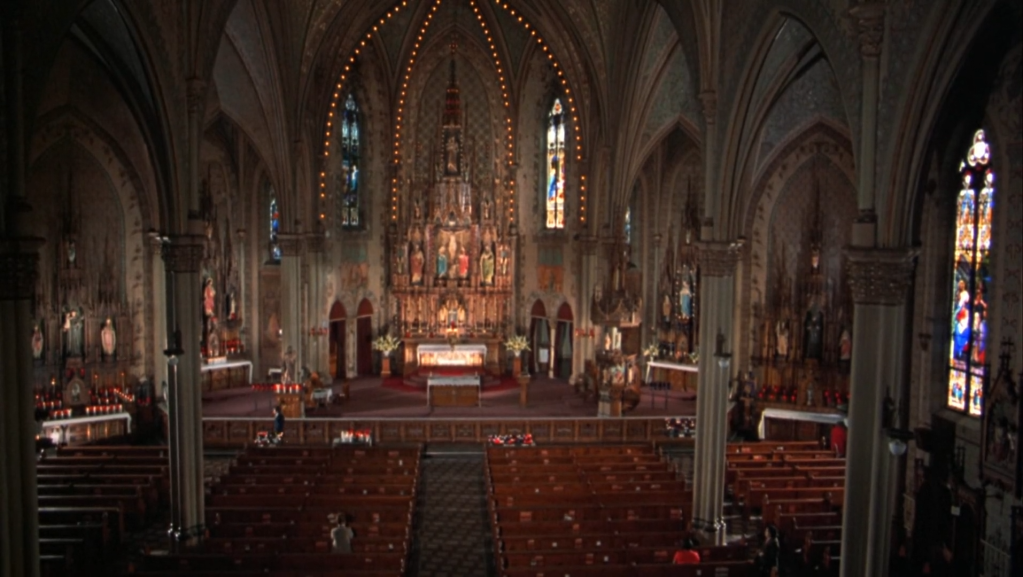
The vast cathedral where he seeks counsel from priests radiates a grand opulence that is scarce to be found elsewhere in Martin Scorsese’s breakthrough gangster film. In the hierarchy of the Italian American mob, these characters are about as distant from the high-ranking Dons and Consiglieres of The Godfather as they are from the icons of Christ and the Madonna that decorate the church’s stained-glass windows. Instead, Charlie can often be found frequenting the underground, Mafia-owned bars of New York City, submerged in a hell that burns blazing red lights through every corner. The visual impact is daunting, though Scorsese is clearly at home here with his handheld camera effortlessly floating through its dingy interiors. It is no wonder Charlie needs to intermittently feel the fiery heat of hell to remind himself of the present danger, given how ordinary it has become in his everyday life.
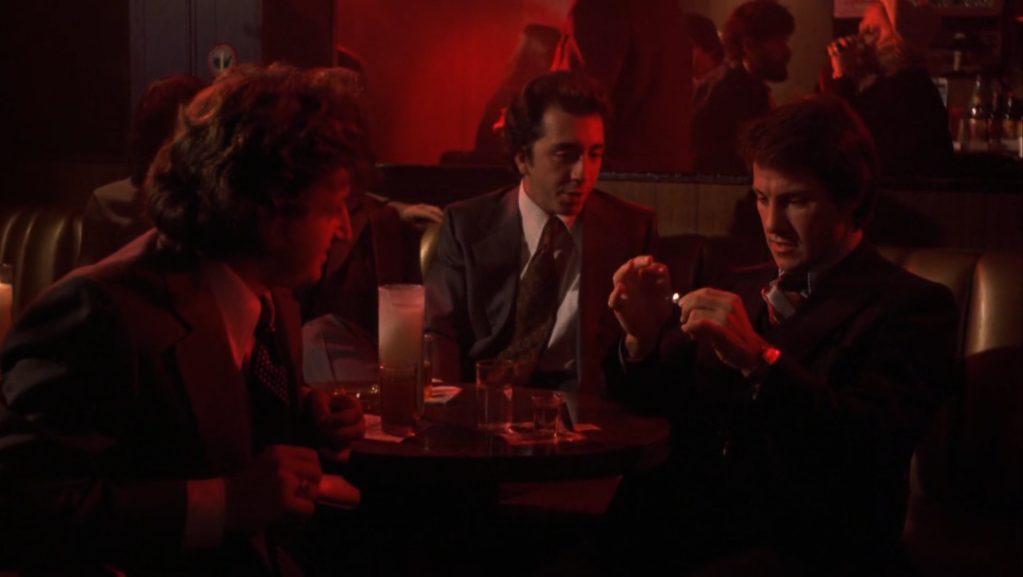

For a large portion of Mean Streets, this limbo-like banality is a punishment in itself. Charlie has his own dreams of making something more out of his secret relationship with Teresa, an epileptic woman shunned for her condition, as well as starting a nightclub where he can support those he cares about. In the meantime, his time is spent carrying out odd jobs, and pulling his reckless friend Johnny Boy out of trouble. There is little plot to be found in this hangout film, but while it lacks the narrative momentum of greater gangster films such as Goodfellas, its inertness also refuses to move Charlie any closer to his dreams. If anything, the fragile grip he has on keeping his life together brings a far greater threat of them slipping even further away.

After all, it is Charlie’s neck on the line should Johnny Boy’s reckless misadventures and gambling debts put him on the wrong side of any dangerous men. Charlie’s brotherly shouldering of this responsibility is more than just a reluctant duty. It is his form of spiritual atonement, proving to himself that he has some capacity for goodness despite being consumed by a life of crime. If he can protect what he believes is a paragon of childlike innocence in Johnny Boy, then he can fulfil the directive offered in the film’s opening minutes.
“You don’t make up for your sins in church. You do it in the streets. You do it at home. The rest is bullshit and you know it.”
The Johnny Boy that we see though is a far more unscrupulous figure than Charlie would like to think. Robert de Niro’s performance here couldn’t be more distant from his intensive take on Vito Corleone a year later, as he violently blows up a mailbox in his very first appearance and proceeds to walk through every scene with an aloof, upbeat swagger. Innocent may not be quite the right word to describe him, but rather stupidly naïve, like a sociopath who lacks the brains to recognise the consequences of his wild behaviour. Believing that there is some capacity for goodness or reason in Johnny Boy’s immature mind is Charlie’s fatal flaw, and it is through his internal struggle that Harvey Keitel delivers a magnificently nuanced performance that outdoes even de Niro’s.

The New Hollywood movement is truly alive in these morally grey characters, but it reverberates with just as much purpose through Scorsese’s location shooting on New York’s gritty streets, rundown apartment buildings, and grimy bars. The visual similarities to The French Connection are striking, following in the footsteps of William Friedkin’s crime film while developing a distinct style that audiences would identify as Scorsese’s unique voice within a few years’ time. Those scenes spent driving through the city at night with neon signs, shabby storefronts, and lights bouncing off wet roads presage the brilliant visuals of 1976’s Taxi Driver, while the heavy jump cuts, triple-edits, and montages draw a direct line from the French New Wave through to his later career.
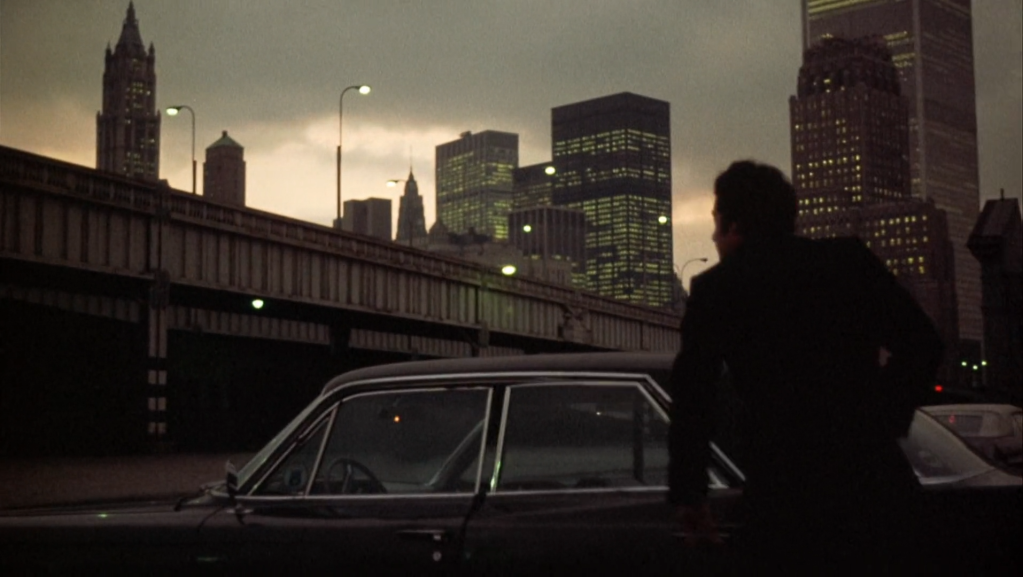
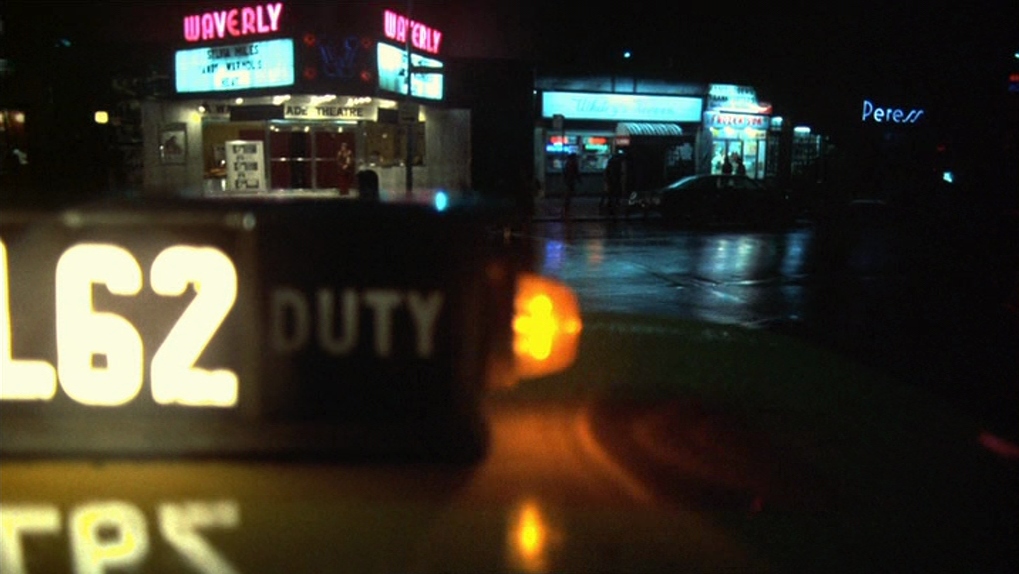
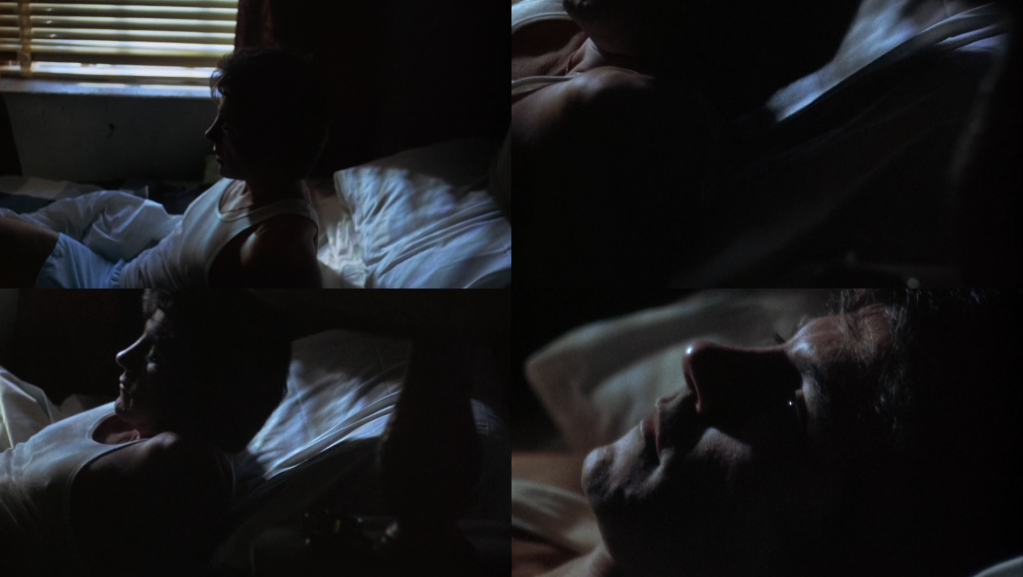

Scorsese’s camera becomes even more creative in one reverse-POV tracking shot that hangs on Keitel’s sweaty face as he drunkenly wanders through a party, downing spirits while the world seems to sway around him. He is the disorientated centre of this shot, much like he is for the film at large, bearing multiple burdens that pile on his conscience as the wildly energetic scatting of ‘Rubber Biscuit’ plays in the background. The broader doowop soundtrack it is part of marks another innovation as well, with Mean Streets being one of the first films next to American Graffiti to use existing pop songs rather than original scores, and forging an even closer connection to the contemporary American culture that envelops and isolates Charlie.
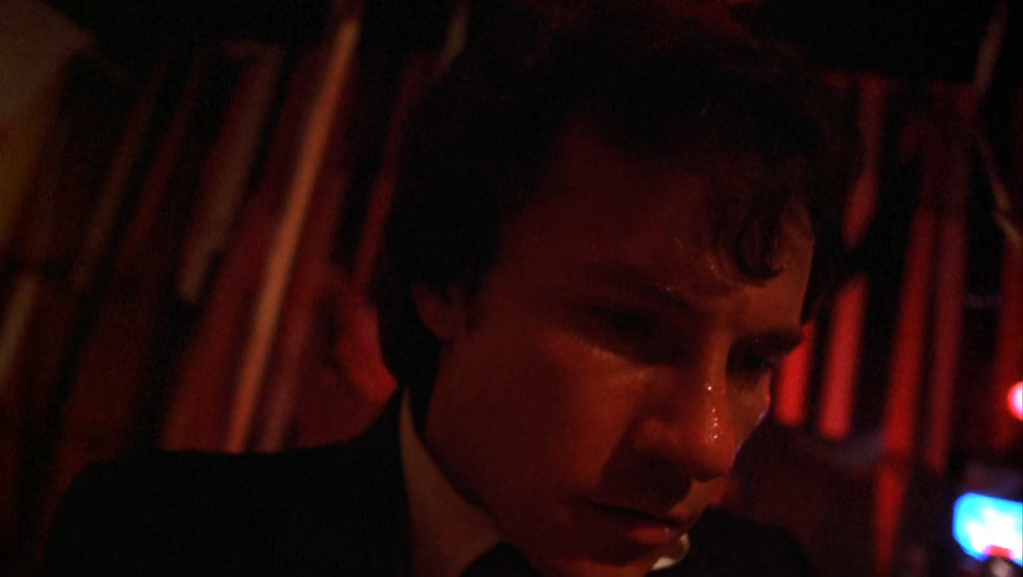
It is a struggle for anyone in an environment so steeped in secular modernity to maintain any sort of connection to their spiritual roots, and so while Scorsese formally cuts away to those festivities celebrating the Feast of San Gennaro in the streets of Little Italy, he simultaneously frames the mafia as a mutated outgrowth of such deep-rooted traditions. Roman Catholicism does not embody pure moral virtue to these men, but rather encourages them to accept sin as a fact of life, leaving penitence as the only path to salvation.


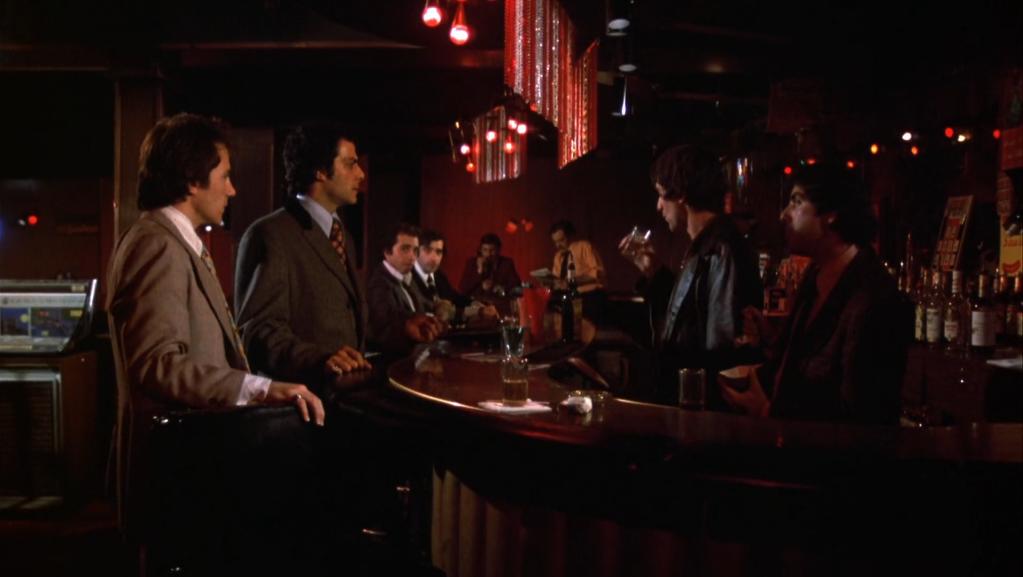
In Charlie’s case, this relationship becomes one of unhealthy dependence, driving him into mortal peril in the hope of spiritual redemption. Blind to the fact that Johnny Boy’s soul is unsalvageable, he remains loyal through his friend’s lies and transgressions, right until their last moments together. After almost two hours of spending time with these characters, Scorsese ramps the tension up in the final act as Johnny Boy gets close to paying off his gambling debts, only to pull out his gun and foolishly threaten a loan shark. It appears to be a stroke of good luck that Charlie defuses the situation without casualties, and safety even seems to be within reach as the two men drive out of town to lay low for a while, and yet our sense of security is completely shattered when a car that has been tailing them starts shooting.
Johnny Boy’s wound in the neck seems fatal, though his fate is left decidedly ambiguous. Whether or not he survives, Charlie’s misguided path to redemption has effectively been redirected as he collapses to his knees in a position of prayer. With the gunshot in his hand drawing direct allusions to Christ’s suffering, and a burst fire hydrant dousing him in a baptismal fountain of water, Scorsese’s theological symbolism effectively canonises Charlie as a saint among gangsters. Still, the tragedy he has suffered from seeking atonement in a godless inferno is devastating. In Mean Streets, there is no saving those demons that have fallen from grace into the pits of hell. For as long as he is trapped in his own personal purgatory, Charlie must look towards the heavens to be redeemed from his own mortal sins.


Mean Streets is currently streaming on Paramount Plus, and is available to rent or buy on Apple TV and Amazon Video.

